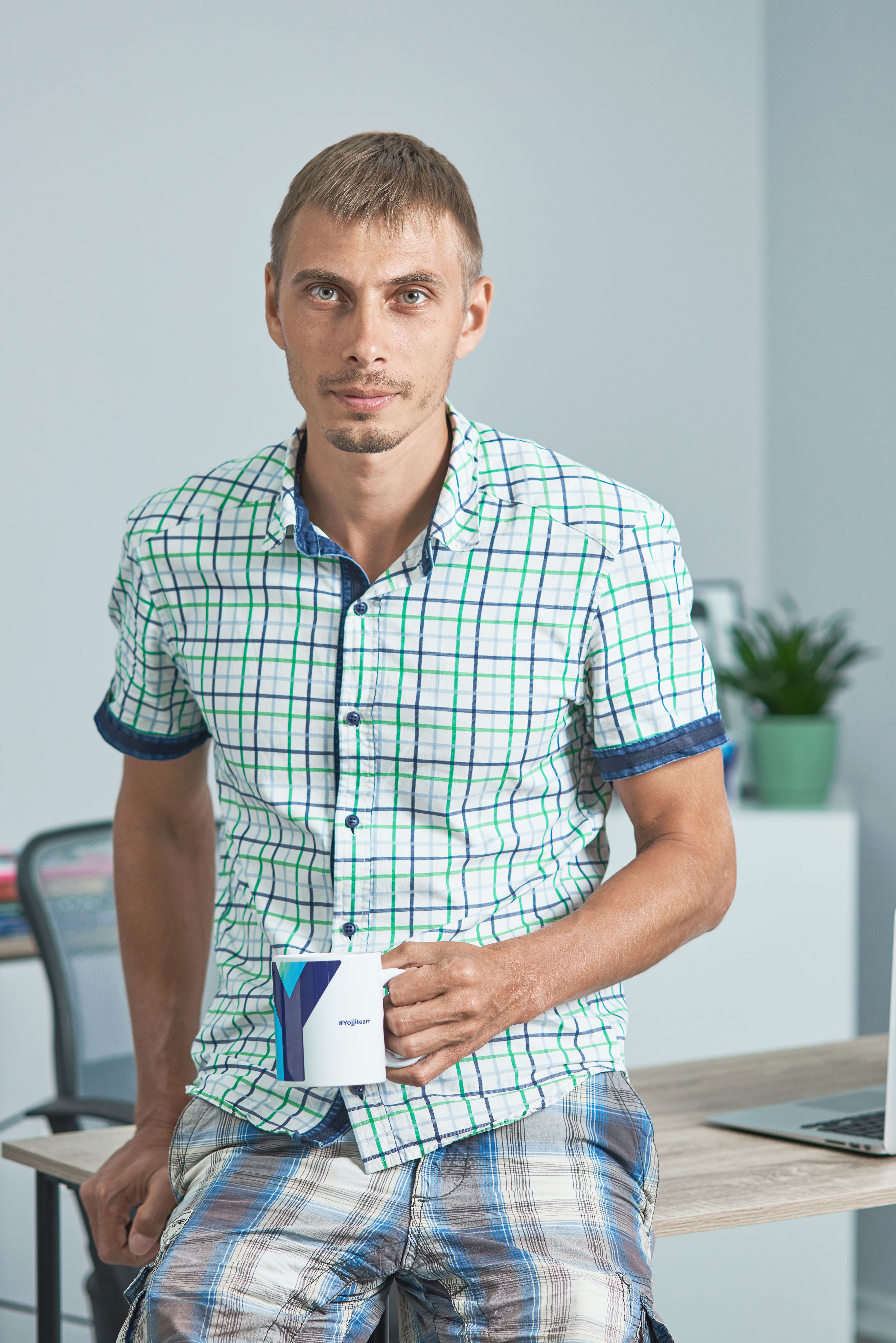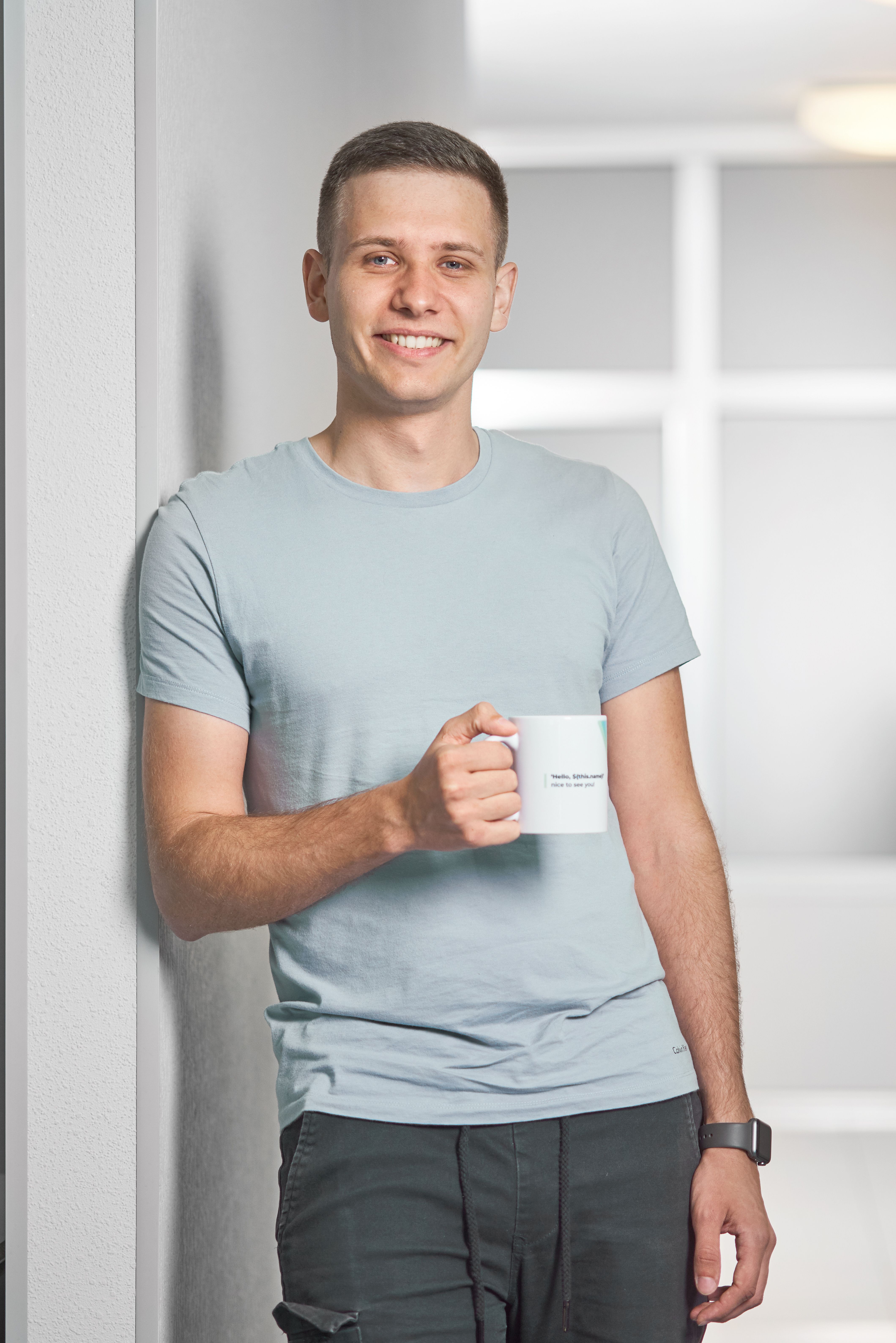A Complete Guide to Marketplace Business Models

When you think about e-commerce, such giant companies like Amazon and eBay are the first things that come to your mind. This is not surprising because according to statistics, Amazon is the most visited marketplace in the USA, and eBay is the most popular platform among U.S. sellers.
Indeed, the concept of an online store where third-party companies offer their products and/or services is not new, but what measures its success? The answer is simple - the marketplace revenue, which depends on the marketplace business model. In this article, we will shed light on what are the peculiarities, advantages, and downsides of the most popular business models, and which one you should choose to make your business flourish.
The Chicken And Egg Problem Of Marketplaces
The chicken and egg problem is the eternal dilemma of marketplaces. Online marketplaces don’t know who should be attracted earlier: sellers or buyers. The more vendors are represented in the marketplace, the more attractive the platform is for customers, subsequently, the greater their number is. The number of clients, in its turn, is one of the most important aspects for sellers.
There are several tactics for attracting buyers and sellers. We’ll take a quick look at the main ones.
For Buyers
- Monetary incentives
This tactic involves rewarding users who join the platform and/or make a purchase. It can be a gift card of a certain denomination or a 5%, 10%, 15% discount.
- Offer the most effective solution to customer problems
Carefully analyze all the pains of your target audience and create the highest quality product that will offer effective problem solving and a great user experience. For example, if your competitors don’t solve payment problems, then offer your customers payment protection and provide a compensation system.
For Sellers
- Start by selling your own goods/services
Utilize a step-by-step approach. First, you should sell your own products/services, build a brand reputation, create a customer base, and earn customers’ trust. Suppliers will quickly join your platform with a loyal customer base.
- Make the sales process as easy as possible
Your platform should be seller-friendly so that a vendor doesn’t spend much time on organizational matters.
- Create a custom course for sellers
Create a guide for sellers describing all the stages of registration, listing, and sales process, as well as provide comprehensive information on fees. Besides, create a detailed overview of your platform, indicating all the features and available bonuses.

Marketplace Business Models Examples
Any leading company should keep up with the trends, understand the most popular and effective business models, and evaluate how they might apply to a company. There are three most sought-after revenue models, but in fact, there are more models that can skyrocket your revenue. Below, we will consider them and highlight their pros and cons.
Commission Model
This model is one of the most popular ones. It involves a middleman charging a commission for each transaction it handles between two parties or for any lead it provides to the other party. Besides, sometimes a platform charges a fixed or variable fee for the product or service that is being sold. Most often, cooperation is based on the following principle: the seller provides products or services, and the marketplace handles payment processing and logistics.
Advantages
|
Challenges
|
Example

Amazon sells various products and allows third-party vendors to sell on the platform. Amazon offers two selling plans. The first one has been designed for individuals who don’t plan to advertise or choose advanced selling tools. The platform charges a commission of $0.99 for each item sold (the maximum number of items sold per month is 40 pieces), plus additional selling fees. As for professional sellers, they must pay $39.99 a month, excluding additional selling fees.
Subscription Model
The basic principle of this model is to provide access to the platform, unique features to customers and merchants, and charge a fee for this access. To be popular with users, a platform must provide a valuable experience. For example, customers get tangible (cost savings) and intangible (unique experiences) benefits.
As for the vendors, they get the opportunity to attract more buyers. There are two main types of relationships between buyers and sellers: material relationships and non-monetary relationships.
- Marketplaces charge fees from one or both parties but do not participate in financial transactions between them.
- Marketplaces implement a subscription model, but the platform’s business logic does not imply financial relationships.
Advantages
|
Challenges
|
Example

This is a well-known service for international travelers. New users are rewarded with 10 requests per week. To get an unlimited number of requests for three months, the users (hosts and travelers) should get mutual reviews. Another way is to pay $60/year for account verification.
Freemium Model
Under this model, the marketplace offers free use of the platform for both parties. Revenue is based on the value of additionally offered premium features, subscriptions, and cross-selling of other services.
Advantages
|
Challenges
|
Example

Unsplash is a platform that offers photos on a variety of subjects. Some photos are free for users, but to access all photos, you need to pay a monthly fee or pay a commission directly to the photographer.
Listing Model
This model involves charging a fee for each listing posted on the platform. This business model is often used by platforms selling expensive items (houses, apartments, or cars). As a rule, platforms do not facilitate or protect transactions between parties.
Advantages
|
Challenges
|
Example
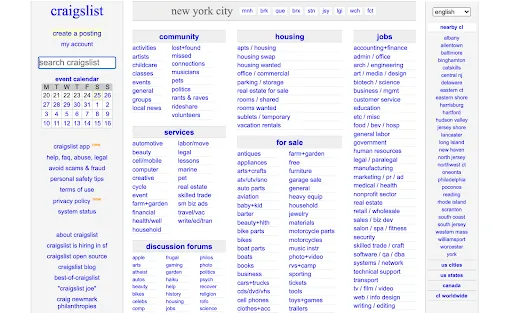
Craigslist is a collection of local sites where people can post ads for the sale of real estate, goods, or services. Posting a listing is free of charge, however, fees may apply when posting a job or for-sale-by-owner listing (FSBO) in certain cities.
Featured Listings and Ads
The featured ad placement model means that vendors pay money to increase their visibility on the platform. The sellers pay an additional fee to ensure that their listing is displayed before other similar ads or to be shown at the very top of the list in a specific category. This business model integrates favorably with listing and/or commission models.
Advantages
|
Challenges
|
Example

Users can post listings on eBay for free, but a fee is required if sellers want their ads to appear first.
Mixed Revenue Model
This model offers a combination of several models: one model is the main one and is the main source of income, and the second model is used to generate additional income.
Advantages
|
Challenges
|
Example
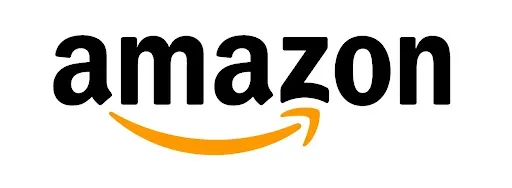
Amazon offers various models for individual and professional sellers. Individual suppliers pay a flat commission for each item sold, while their counterparts pay a flat monthly fee.
Bottom Line
Thus, we’ve covered the main business models. The commission model is by far the most widely used and is chosen by e-commerce industry mastodons such as Amazon, Fiverr, Etsy. However, the big players in the market stay on top not only because they pick the right business model but also because they successfully combine different models to increase the main income. Yojji has extensive experience in developing online marketplaces and integrating various revenue models. Our experts will provide the necessary assistance and create a marketplace for you, following your expectations and recommendations. For more information, please contact our managers.
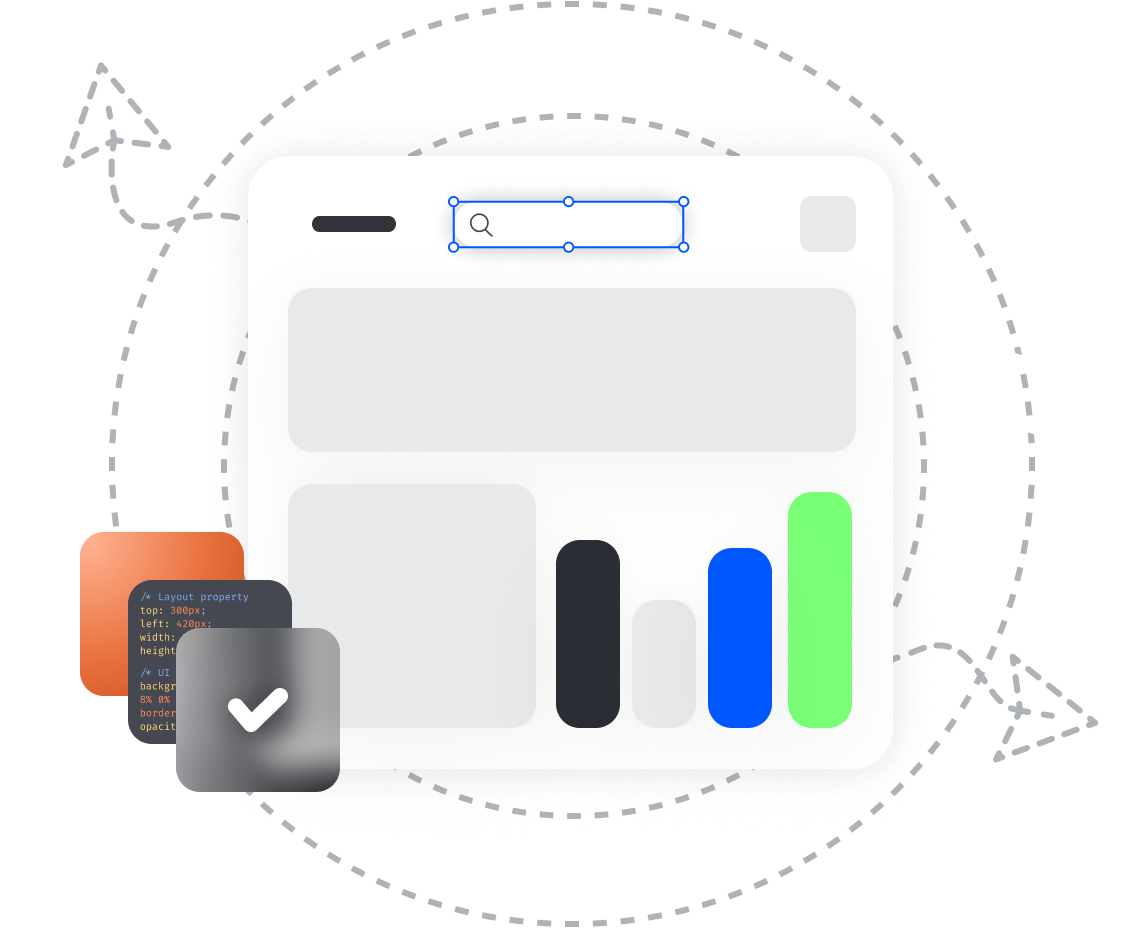
Yojji successfully delivered the project within schedule. They demonstrated excellent project management via weekly sprint demos and promptly made adjustments based on the client's feedback. Their responsiveness and collaborative attitude were key elements of their work.

5.0
Yojji was an instrumental part of the client’s team, working closely with them to achieve the product’s success. The team was very collaborative and timely, and their performance was amazing. Additionally, their resources were experienced, professional, and enjoyable to work with.

5.0
Yojii is impressive both in quality of development work as well as their commitment. Strong focus on delivery, highly technical personnel, flexible approach that allows for rapid development. Strong processes that allow for solid controls.

5.0
We’re very happy with the way that Yojji works, which is why we’ve spent so much money and engaged them for such a long time. We treat them as employees in regard to responsibilities and expectations, and they haven’t disappointed us.

5.0
As a company, we find Yojji to be excellent development partners - we cannot recommend them more highly and will be very happy to continue working with them in the future.

5.0
They are really nice people with excellent technical backgrounds.

5.0
We used Agile project management methodology and were in contact with the team and project manager daily.

5.0
They all had a super positive outlook and were dedicated to getting the work completed to a high standard.

5.0
Yojji has delivered an accessible product with thorough consideration for the client's requirements. Users have commented on the platform's user-friendliness and speed. Moreover, the team is easy to communicate with and provides frequent updates. Their development and design skills are impressive.

5.0



